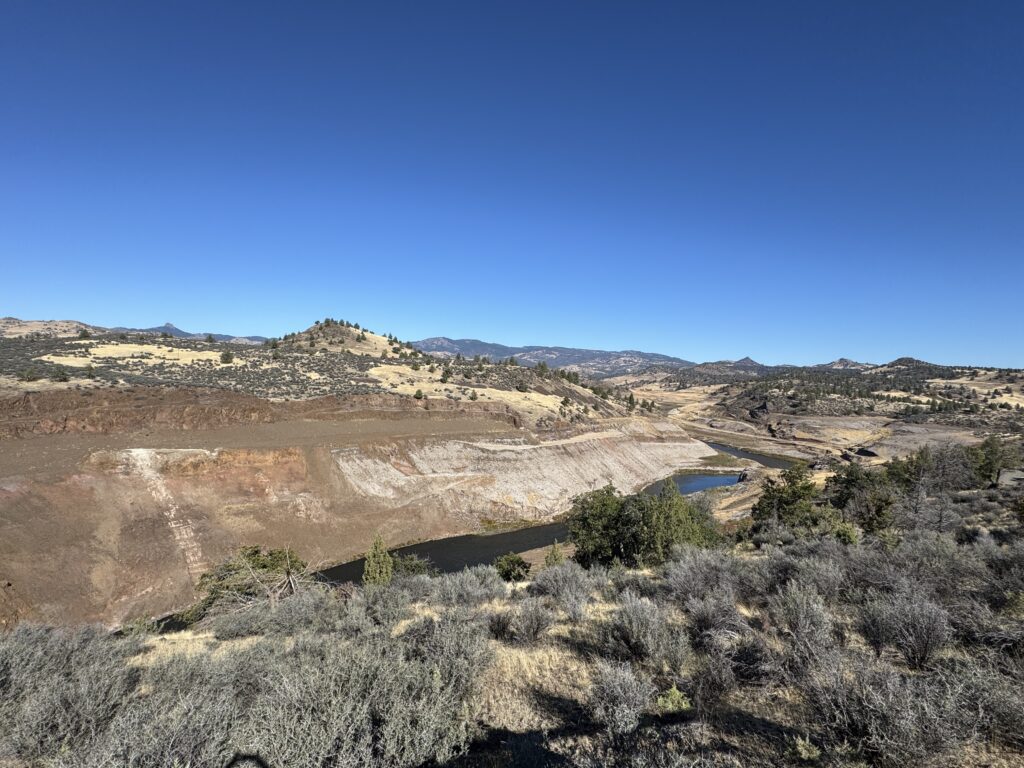WASHINGTON— The U.S. Forest Service has received more than 1 million comments over four comment periods urging it to protect mature and old-growth trees and forests from logging. A 90-day public comment period on the agency’s National Old Growth Amendment Draft Environmental Impact Statement (DEIS) ended Friday.
Federal and state elected officials, faith groups and faith leaders, businesses, scientists, and people across the nation submitted hundreds of thousands of comments during the most recent comment period – most demanding the agency correct the numerous failures within the Forest Service’s proposed amendment.
The Forest Service’s proposed National Old Growth Amendment comes in response to a 2022 Executive Order that directed the Forest Service to develop policies protecting mature and old-growth forests in U.S. national forests, recognizing their significant benefits to mitigate the climate and biodiversity crises. It will be the first national policy to amend 122 plans for nearly all the country’s national forests, from Vermont to California.
Members of the Climate Forests Campaign, including Center for Biological Diversity, Environment America Research & Policy Center, Environmental Law & Policy Center, Earthjustice, Natural Resources Defense Council (NRDC), Oregon Wild, Sierra Club, Speak For The Trees Too, Standing Trees, Women’s Earth and Climate Action Network (WECAN), WildEarth Guardians and Yaak Valley Forest Council, issued the following statement:
Since 2022, hundreds of thousands of people have called for an end to logging old-growth and urged that our mature forests also be protected. The Forest Service should listen to the public and finalize policies that truly safeguard our oldest forests.
As the Forest Service reads the comments it has received over the last 90 days, it will find a common theme. The old-growth policy proposed in June fails to meet the central mission of the executive order –it does not protect old-growth trees from logging and allows projects that would log old growth forests out of existence through numerous loopholes.
The National Old Growth Amendment should be a transformative policy that positions the United States as an international leader in harnessing nature to confront the climate emergency and the biodiversity crisis. We hope to see the nationwide old-growth amendment strengthened so it can become a centerpiece of our nation’s climate and conservation legacies.
Background
Mature and old-growth forests are carbon storage powerhouses. With thicker protective bark and higher canopies, mature and old-growth trees are more resilient to wildfire. They also provide critical wildlife habitat, filter clean drinking water for communities, provide countless outdoor recreation opportunities, and capture the imaginations of Americans young and old.
Federal forest management prioritizes timber production and routinely sidesteps science to turn big, old trees into lumber and wood chips. Logging releases a significant amount of stored carbon, which can take centuries to recover. It also eliminates older trees’ ability to sequester additional carbon, and damages the other ecosystem services and biodiversity values these forests provide. Many older stands and trees have no enduring protection, and hundreds of thousands of acres in national forests are at risk of being logged.






